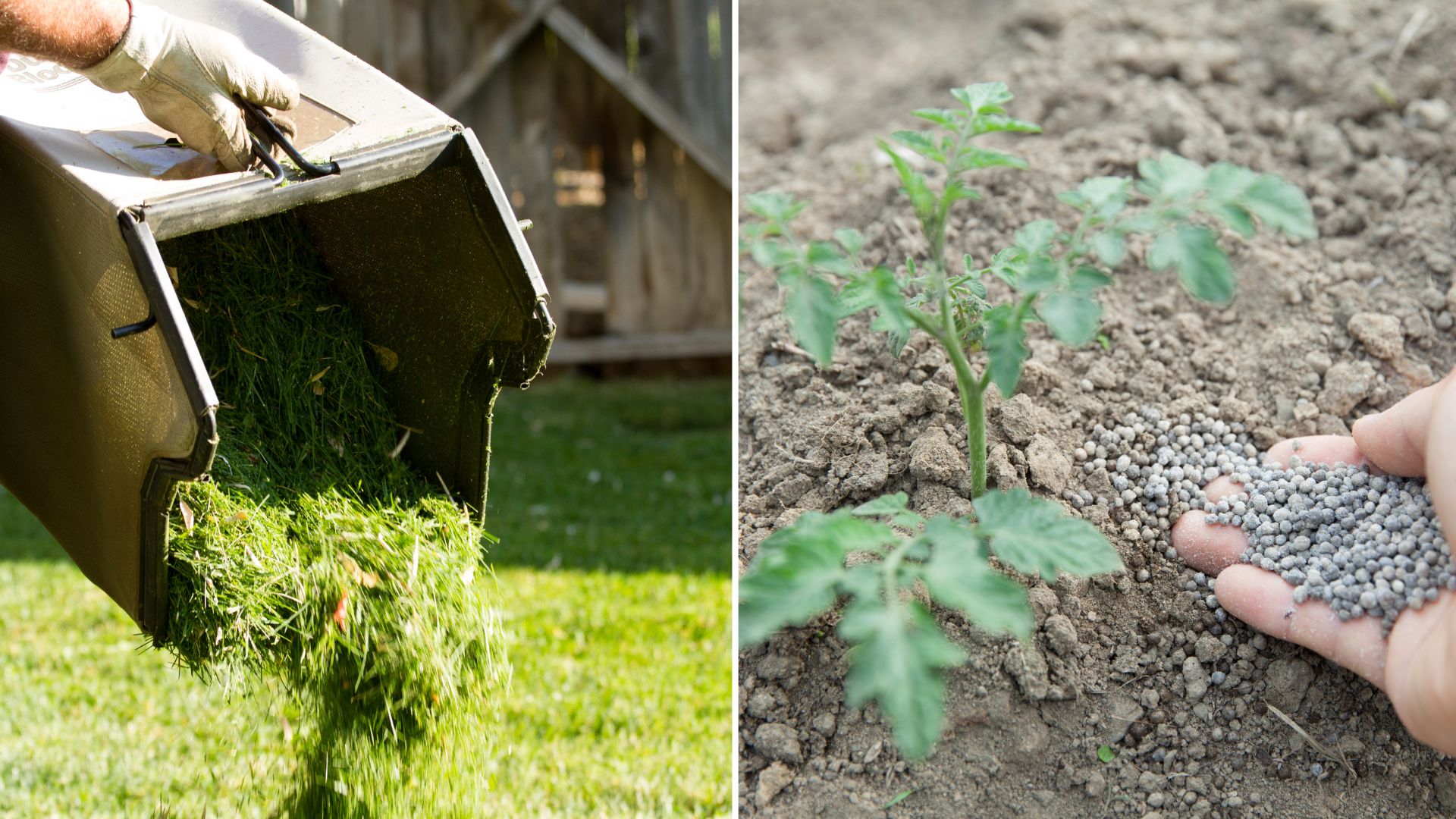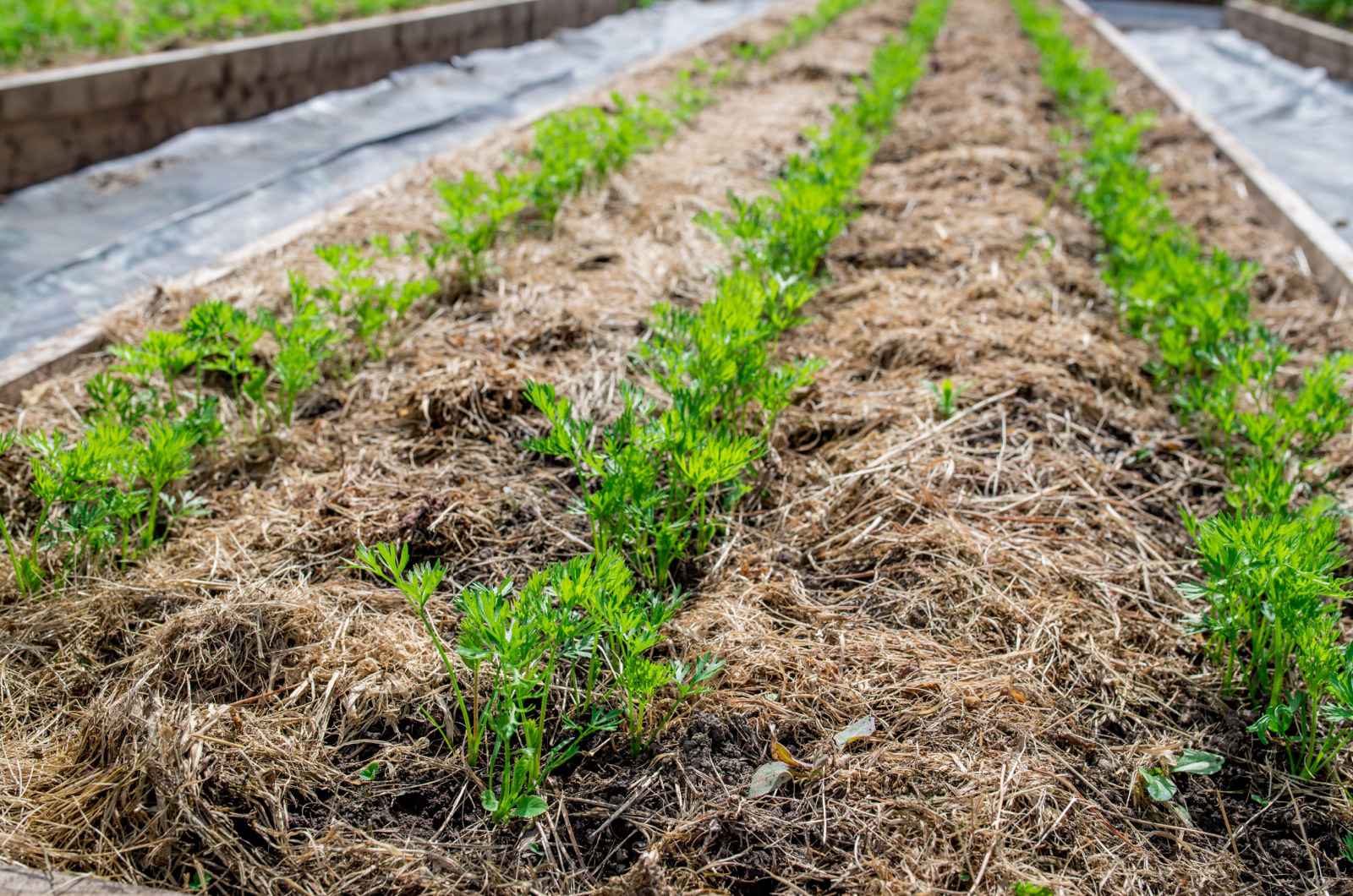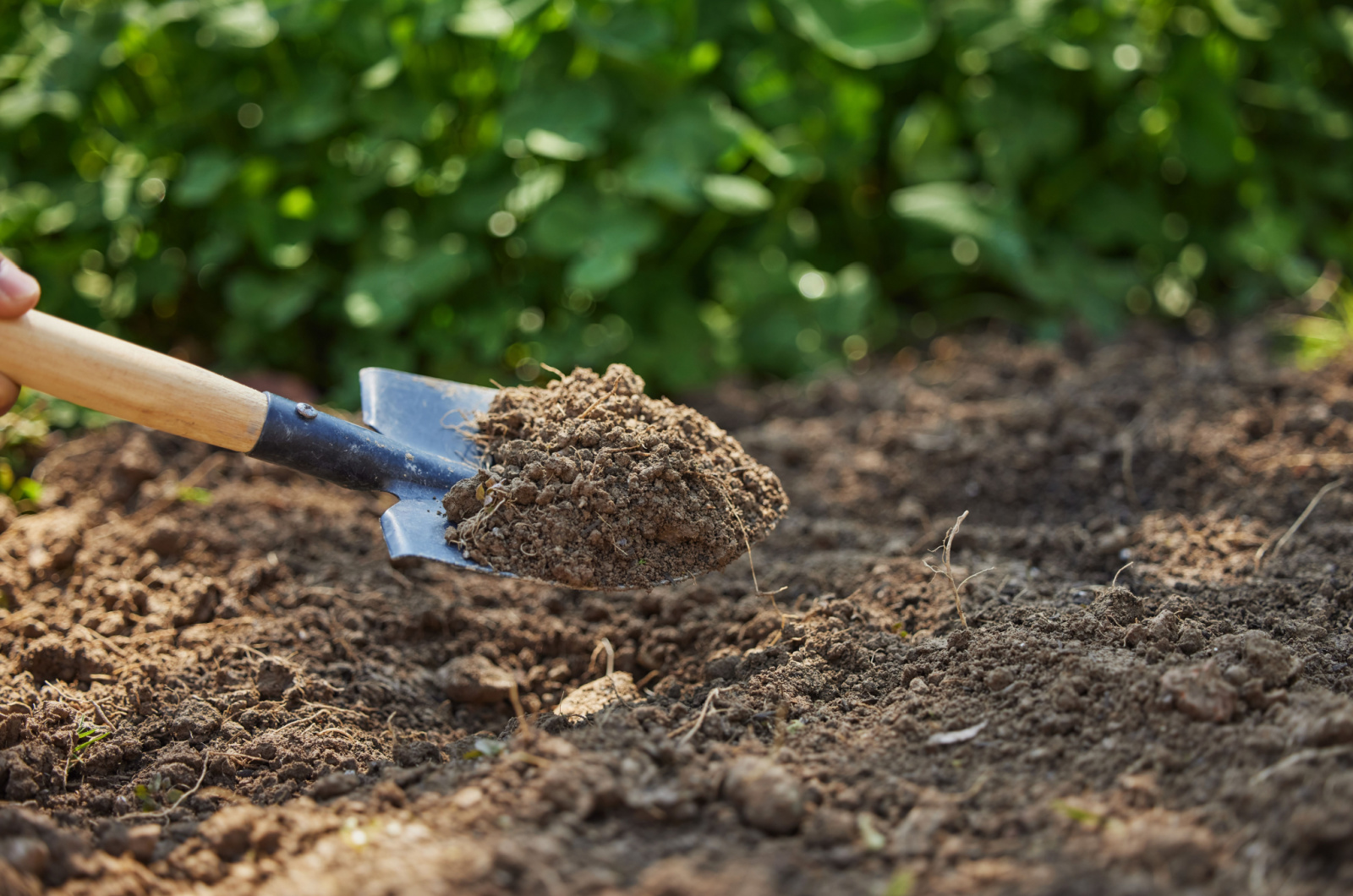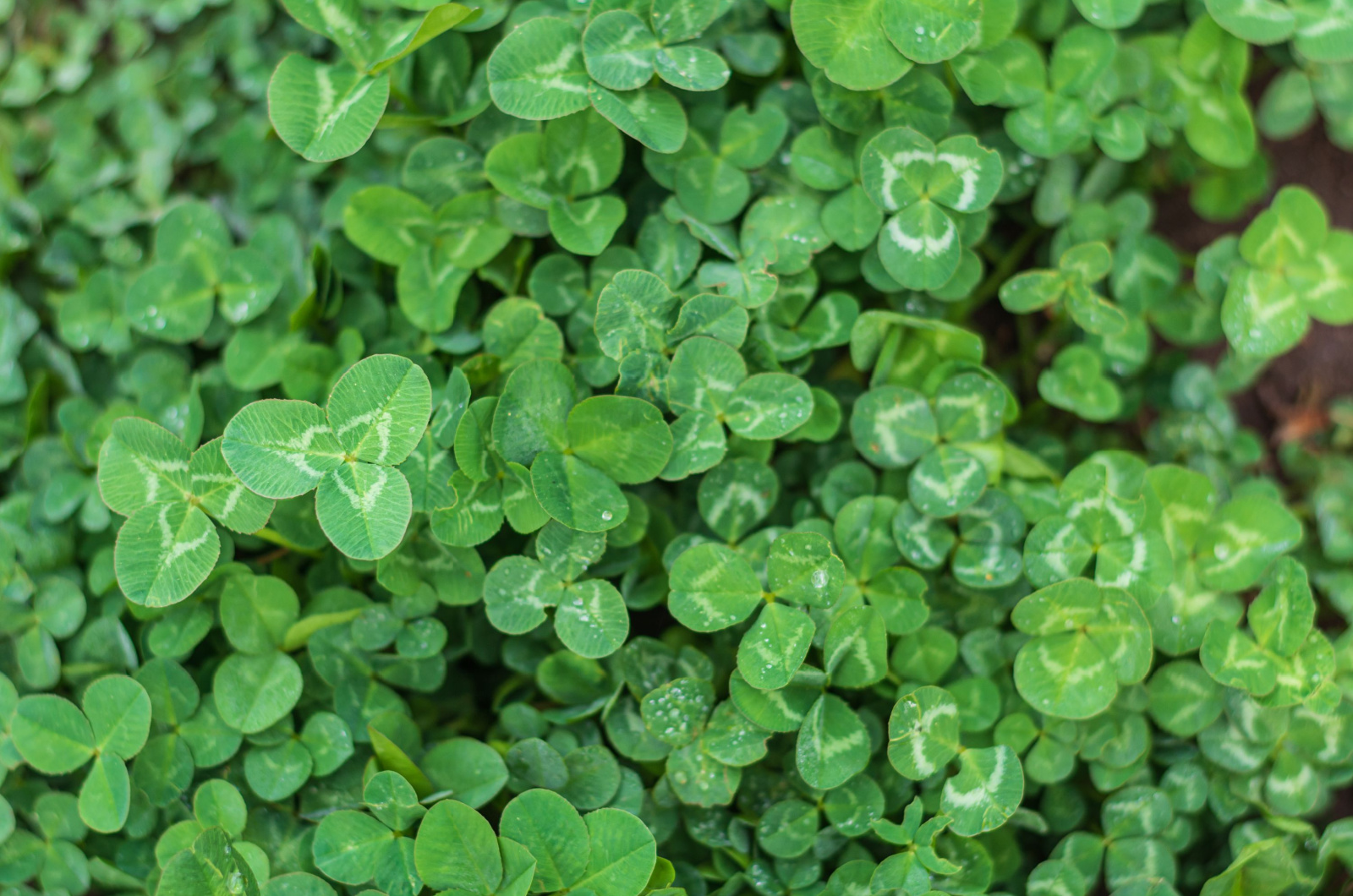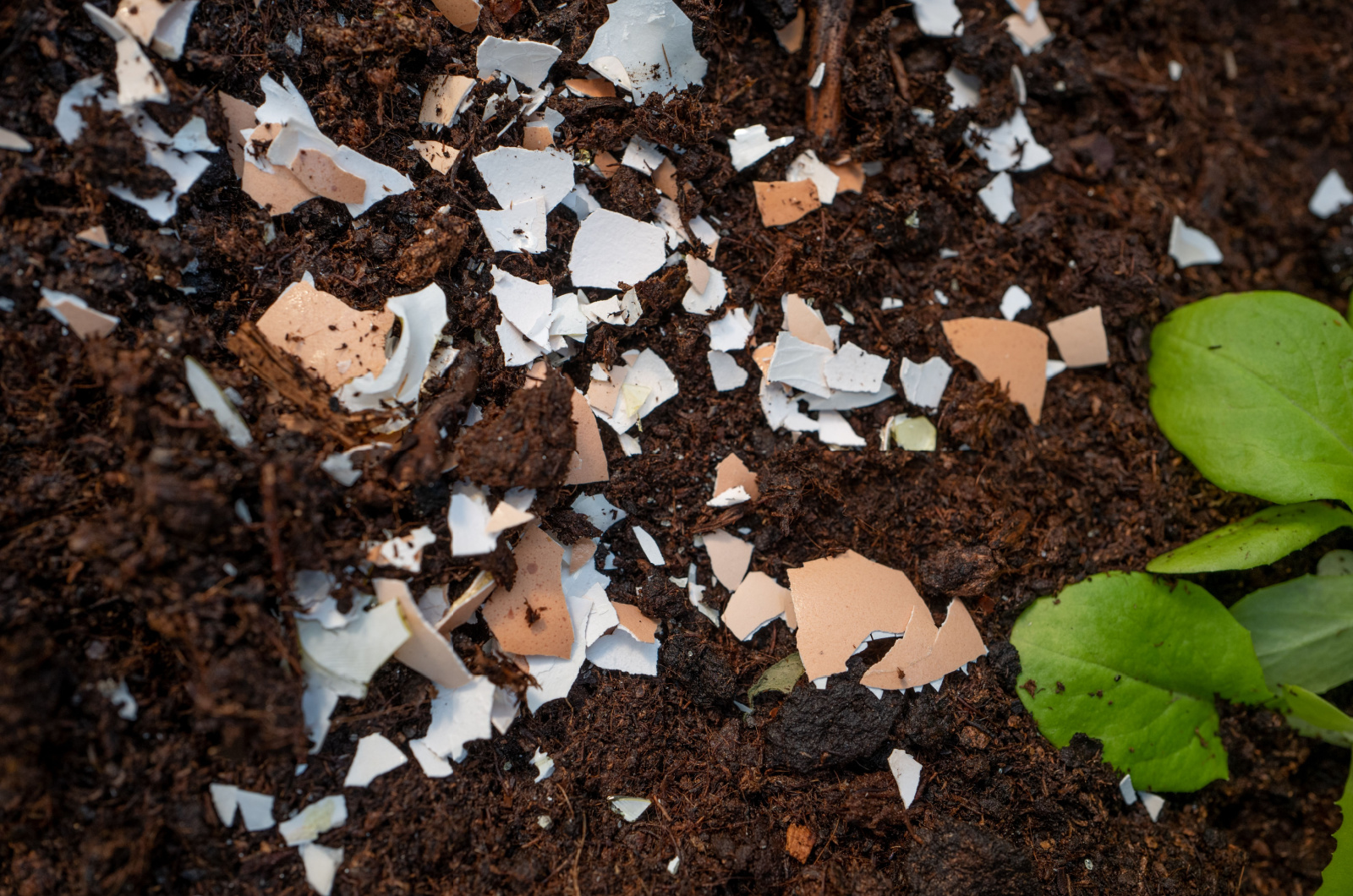Nitrogen is one of the nutrients that gets most depleted out of soils, which is why gardeners want to know ways of adding it back.
However, not every solution you find on the internet is helpful, which is what I discovered by sifting through them.
In this article, I’ll introduce some useful ways to add nitrogen to your soil and bust three common myths that will leave you and your soil none the better.
Let’s get started!
8 Ways To Add Nitrogen To Your Soil
Here you can find eight common ways of adding nitrogen to your soil, starting from the most obvious one (using fertilizers) to more obscure ones, such as planting certain plants.
Let’s check these tips out!
1. Applying Store-Bought Nitrogen Fertilizers
One of the easiest and surest ways of adding more nitrogen to your soil is by applying store-bought nitrogen-rich fertilizers.
Find fertilizer that suits your plant’s needs. Liquid fertilizers are usually recommended for potted plants, while granules are more suited for in-ground varieties.
Liquid variants are generally fast-release fertilizers, while granules and spikes release nutrients more slowly. The former, therefore, should be reapplied frequently, while slow-release fertilizers only need to be used once or twice a year.
But before you do anything, make sure to test your soil to see whether it is really nitrogen that your plants need. If you add too much of this nutrient, you’ll see plenty of vegetative growth and not many flowers. Or you may burn your plants’ roots.
And the best part is that you don’t have to go for synthetic fertilizers if you can’t get over yourself. There are organic variants such as blood meal, bat guano, fish meal, horn and hoof meal, etc. that are abundant in nitrogen.
Additionally, synthetic fertilizers can harm the overall soil health. They lead to excess ammonium-nitrogen, which makes the substrate more acidic and changes the bacterial community. They also increase the amount of available phosphorus, which decreases fungal diversity. (1)
Lack of these microorganisms can harm the overall ecosystem, and soil fertility and health in the long run.
2. Using Animal Manure
Note: The data was taken from Biofertilizer Statistics by The Fertilizer Association of India, New Delhi, 2012. Copyright 2015 by faidelhi.org. (2)
As you can see, various types of animal manures contain different NPK values. But one thing is for certain, they all contain decent amounts of nitrogen that can serve as an excellent boost to your crops.
However, you shouldn’t use fresh animal manure because it can contain too much nitrogen and burn your plants’ roots. Instead, allow it to age in a pile, turning it over from time to time, or lay it in a heap in your garden bed a year before you plant anything there.
And if you have chickens or rabbits, which don’t really produce enough waste for your entire garden, you can always add it to your compost pile as an additional source of nitrogen.
It will age and decompose enough in your compost and make it a nutritious material for your entire garden.
3. Composting Biodegradable Household Garbage
Recycling food scraps is much better than throwing it away because you reduce the amount of waste you send to landfill, eventually reducing greenhouse gas emissions.
But there’s one other reason this practice is better for you – it saves you money.
How? You use it to make your own compost to feed your plants and forget about buying fertilizers ever again.
Research showed that out of all degradable household waste in China, 84-86% of nitrogen comes from food scraps. Therefore, these waste products can be a source of biomass nitrogen used to improve soil fertility and structure. (3)
But not all degradable waste is suitable composting material. You should steer away from meat because it can attract unwanted wildlife that will make a mess in your compost pile and a permanent habitat in your yard.
Also, don’t add human and pet poop to your compost because they are brimming with bacteria, such as E. coli and salmonella, which can contaminate your plants.
Finally, aluminum cans, glass, and plastic bottles have nothing to do in your compost pile, but I’m sure you already knew that.
And to make matters worse, even if you do manage to decompose aluminum and plastic, they will hurt your soil, so it’s best to throw them in a recycling bin.
4. Mulching And Composting With Grass Clippings
Grass trimmings are a great source of nitrogen. They have an NPK of 4:2:1, but they do more than just feed the plants. They are an excellent food source for soil microbes that decompose the organic matter and enrich the substrate even more. (4)
And the best part about grass clippings is that there are different ways you can use them, such as mulching and composting.
The easiest one is to just mulch your plants with them. As they break down over time, they will enrich the soil with nutrients.
You can also throw the grass clippings onto your compost heap where they will decompose and introduce more nitrogen into your black gold. You can later use the compost as mulch, incorporate it into the soil, or make your potting mixes with it.
Note: Grass clippings shouldn’t be the only ingredient in your compost or you won’t get far. Add some carbon materials (cardboard, dried leaves, twigs, etc.), food scraps, and other biodegradable garden waste.
5. Using Coffee Grounds
Using coffee grounds for plants is a great way to introduce more nitrogen to your soil in a natural way. Its NPK is around 2.1:0.3:0.3, so it contains a fair amount of this nutrient.
You can scatter the used coffee grounds on top of the soil and water it to make it release nutrients, or add them to your compost for an additional nitrogen boost.
Or you can brew them into a tea by dissolving one teaspoon of used coffee grounds in a gallon of water. Stir it regularly for a couple of days and then strain the grounds until you’re left with a watery mixture.
Water your plants with it, starting small to see how they react, and gradually increase the amount.
Just know that grinds are somewhat acidic and can slightly alter the soil pH level, so it’s best to use it for acid-loving plants, such as hydrangeas, azaleas, monsteras, philodendrons, African violets, etc.
Another thing you have to be aware of is that caffeine in the coffee grounds can negatively affect seed germination and slow plant growth if you use it in greater quantities. (5) Therefore, I wouldn’t use them in seed mixes.
And, of course, coffee grounds aren’t suitable for severe nitrogen deficiencies. They can only add a small amount of this nutrient to boost your plant’s growth, and you should use them only as a supplement, not the main fertilizer.
6. Adding Fish Scraps
Ground up fish is another great way of adding more nitrogen to your soil. Of course, you can’t just throw fish scraps onto your compost pile because it will rot, emit foul odors, and attract all sorts of critters.
Instead, you can grind them using a stick blender, hand grinder, or any other tool in your kitchen.
Once you get to the desired consistency, you can bury the ground up fish into the soil where you need most nitrogen. Just make sure you bury them at least a foot deep because they do emit a foul odor which can attract all sorts of unwelcome wildlife.
Fish products usually have an NPK of around 4:1:1, which means they’re incredibly rich in nitrogen and will give your plants exactly what they need.
You can also use fish scraps to make your own fish emulsion. In a five-gallon container or a bucket, mix equal parts sawdust and fish scraps halfway up the bucket. Add a cup of molasses, cover it all with water, and mix it well until combined.
Cover the container with a lid with holes in it to allow for air circulation and mix the solution daily for the next 2 weeks. Strain the mixture, dilute one tablespoon in a gallon of water, and irrigate your plants with it.
7. Watering Plants With Fish Tank Water
Using fish tank water to irrigate your plants is beneficial in many ways, as long as it meets certain conditions.
According to the Quora user Adrià Cereto i Massagué, fish tank water has to be freshwater, not too hard, and contain some nitrogen.
The first two conditions aren’t that difficult to meet and they immediately make fish tank water a better choice than regular water.
But things get a bit more difficult when it comes to minerals. Most fish tank water contains nitrogen (that’s why we change it) – a nutrient that’s excellent for your plants.
However, if you have plenty of plants and only a couple of animals in your aquarium, the plants would exhaust almost all the nitrogen.
And yet, if you reduce the amount of plants in your fish tank, you’ll get a free nitrogen-rich fertilizer perfect for your garden.
Just know that fish tank water isn’t an all-time solution to nitrogen deficiency. If your soil is rather poor in this nutrient and your plants need plenty of it, you will need to supplement this ingredient with some other organic fertilizer.
8. Planting Legumes And Cover Crops
Legumes and cover crops are known for their ability to fixate nitrogen – transform the nitrogen from air into a form plants can use thanks to certain bacteria around their roots.
In a natural ecosystem, legumes can fix about 25-75 lbs of nitrogen per acre per year, but that number can grow up to a couple of hundreds of pounds in cropping systems. (6)
However, legumes such as beans and peas and all their varieties can actually use much of the oxygen they produce.
Therefore, if you grow field beans, for instance, you should cut them down before they flower and produce fruit so that they don’t use the nitrogen, but leave it for your other veggies instead.
There are also cover crops that can serve as pollinator patches, bringing beauty and life to your garden. They will fix nitrogen and ensure all your fruits and veggies get pollinated, increasing your yield in more ways than one.
And the best part about these plants is that you can use them as green manure. Terminate the cover crops after they flower (beans and peas a little before that) and mulch your garden with them, bury them in the soil, or throw them onto your compost pile.
3 Nitrogen-Adding Myths
There are a few nitrogen-adding garden myths that claim to work like a charm, but are far from it.
These methods are either way too expensive to be practical, require too much of your time and devotion, or actually reduce the amount of nitrogen in your soil.
Let’s see what they are!
1. Adding Milk Helps With Nitrogen Deficiency
Watering your plants with milk is another garden myth that needs to be busted ASAP. The claim is that milk contains calcium and nitrogen that can feed your plants.
However, milk contains only about 0.5% nitrogen (at best) which isn’t nearly enough to feed your plants deficient in this nutrient.
Of course, if you used higher quantities of milk, you could help your plants. But it would cost roughly $330 dollars to get around 2 pounds of nitrogen from milk, while you can get the same amount of nitrogen fertilizer for $12-$20. (7)
In addition to not helping your plants efficiently, milk will release a foul odor as it decomposes, the same as fish, meat, and other dairy products.
Of course, you can bury fish scraps to serve as an excellent nitrogen boost, for instance, but with milk you just pour it on top of soil instead of burying it. The bad smell can then attract rodents, racoons, and other wildlife that can wreak havoc on your plants.
2. Using Eggshells Adds Nitrogen To Soil
There are numerous eggshell uses for your garden, farm, and household in general. However, neither of them states that it is a good method of increasing nitrogen levels in your soil.
That’s because eggshells are mostly composed of calcium, and only contain about 0.4% nitrogen.
One study found that applying 90-105g of eggshell organic fertilizer every 3 days helps the vegetative and root growth of cayenne peppers. (8)
However, this simply isn’t sustainable because you’d have to add at least 15 eggshells every 3 days per plant to see some results.
And that’s only one study only for cayenne peppers. Some veggies couldn’t handle that much calcium in the soil, which makes this solution a garden myth or at least a difficult-to-obtain truth.
(You’re much better off with compost, animal manure, or any store-bought fertilizer that contains nitrogen.)
3. No-Till Farming Increases Soil Nitrogen Levels
Another common misconception is that no-till farming can increase nitrogen levels in the soil, but the fact is that it does the opposite.
It results in slow mineralization and bacterial activity, immobilizing the nitrogen and making it difficult for plants to use it.
Additionally, no-till substrates are usually cooler and more moist, reducing the microbial activity and the availability of nitrogen.
Furthermore, in no-tillage systems, there’s a higher amount of anaerobic bacteria because there is more moisture and less oxygen. These bacteria denitrify nitrogen – turn it into gas which easily evaporates into air.
One way to combat nitrogen deficiency in no-till soils is applying urea in colder weather when there’s less chance for volatilization – ammonium ions turning into ammonia gas and escaping into the atmosphere.
Apply urea in spring, preferably before it rains, and water the soil immediately afterwards. Volatilization usually occurs in warmer and drier conditions, so applying urea in rainy spring should enrich your soil in nitrogen. (9)
References:
1. Bai, Y-C., et al. (2020). Soil Chemical and Microbiological Properties Are Changed by Long-Term Chemical Fertilizers That Limit Ecosystem Functioning. Microorganisms.
2. FAI (2012) Biofertilizer statistics. The Fertilizer Association of India, New Delhi.
3. Wang, L. et. al. (2022). Exploring the Nitrogen Reservoir of Biodegradable Household Garbage and Its Potential in Replacing Synthetic Nitrogen Fertilizers in China. PeerJ.
4. Starbuck, C. J. (2022). Grass Clippings, Compost and Mulch: Questions and Answers. MU Extension.
5. Pokorny, K. (2023). Used Appropriately, Coffee Grounds Improve Soil and Kill Slugs. OSU Newsroom.
6. Lindemann, W. C. & Glover, C. R. (2015). Nitrogen Fixation by Legumes. NMSU: College of Agricultural, Consumer, and Environmental Sciences.
7. Pavlis, R. (2014). Milk as Fertilizer. Garden Myths.
8. Anugrah, R. D., Rafvenia, Meitiyani, & Safahi, L. (2020). The Effect of Eggshell Organic Fertilizer on Vegetative Growth of Cayenne Pepper (Capsicum frutescens L). IOP Conference Series: Earth and Environmental Science.
9. Stecker, J. A. (1993). Nitrogen Management for No-Tillage Systems in Missouri. MU Extension.

